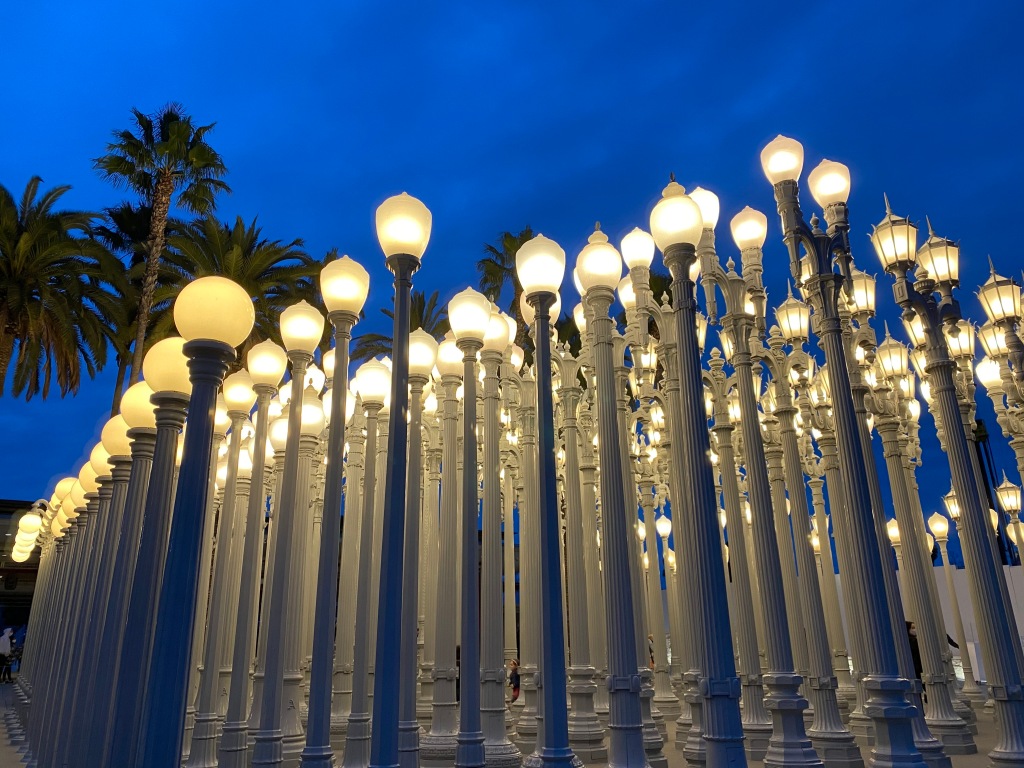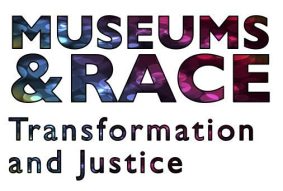Welcome back, and may you have a peaceful 2024. We have had a lot to reflect upon in the short weeks that have already passed in this year. By now many of you might have also come across the plethora of news articles, op eds and reports citing the slow down and sometimes outright backlash against institutional DEAI work. The wave that crested with the social justice movement of 2020 has now begun its not quite unexpected downward fall as more organizations have begun to realize the long-term commitment which is needed to implement quantifiable equitable change within their organizations. This pullback for DEAI work across institutions in the US has been helped along by the polarity of viewpoints about the recent Israel and Palestinian issue. Higher education institutions, museums, and libraries which in the early 2020s were espousing full throated support and commitment for DEAI measures and now abandoning (willingly or forcefully), the very same DEAI policies they once pledged to uphold for good.

The Museums & Race team itself had the chance to discuss this to some extent, late last year with a journalist from Boston Globe who approached the team about their perspectives on institutional DEAI work across North America. Much of the discussion with Jon Marcus, the journalist, appeared to be centered around the idea that libraries and institutions of higher learning could supplement the gaps in historic representation that museums were dealing with. That perhaps inclusivity could come from such places of learning pulling together, each supplementing what the other missed, so that nothing fell through the cracks or was willfully erased. It is a noble idea, but the Museums & Race Steering Committee representatives (Natasha Baruah and Brooke Hutchison) had to point out the unfortunate reality that ease of access, availability of public transportation, unreliable funding for libraries, not to mention the increasing politicization of schools’ curriculum made such an idea nearly impossible. So much of institutional DEAI work has once again gotten tied to privilege – are you located in a state which supports state funds towards equity initiatives, do teachers in your state have the freedom to follow a curriculum based on historical facts, does your institution serve a largely conservative population who balks at the idea of any funds going towards a “woke” curriculum?
We were asked how Museums & Race saw itself and the tools it shares within this community, in this landscape. And to that we responded as we always have, our resources and tools are meant to empower both individuals and institutions to assess and reflect upon the pressure points, and the steps needed to make the necessary changes. Our landscape has always been fraught, and at times we make great strides towards progress but there are many moments when we move along haltingly. But the community of resilience we create around this practice, is what ensures that at all times our move towards justice and accountability remains unwavering. And this community of practice is important too, because not everything expressed in the written word is sacrosanct. Jon Marcus’s article does the critical work of drawing together perspectives from those intimately involved in this work, but who are often unheard. We appreciate that work, yet the final article did not include all of the voices he consulted with. An abiding practice of the Museums & Race team has been to ensure that all external trainings and communications are represented by one BIPOC and one white person. However, in the case of the Boston Globe article, the version that went into print only mentioned the BIPOC team member. Either by accident or intent, neglect to mention other voices in the room can make the discourse around racism appear to be centered around the practice of BIPOC individuals only. And by now we know the damage assumptions such as these can do in instituting equitable change, because that makes it easy to disregard calls for reform as the clamor of a few and not all.
We are keen however, to connect with the other institutions and individuals mentioned in the article to understand their perspectives on the work being done on this front. Oftentimes those of us in the US mainland are, not without reason, accused of navel gazing on matters which have larger impact than we are willing to grasp. We wish to remain careful of not perpetuating these ingrained ways of thinking, and instead deepen the discourse and invite collaboration to include experiences which expand our awareness about racism, in different cultural contexts.
